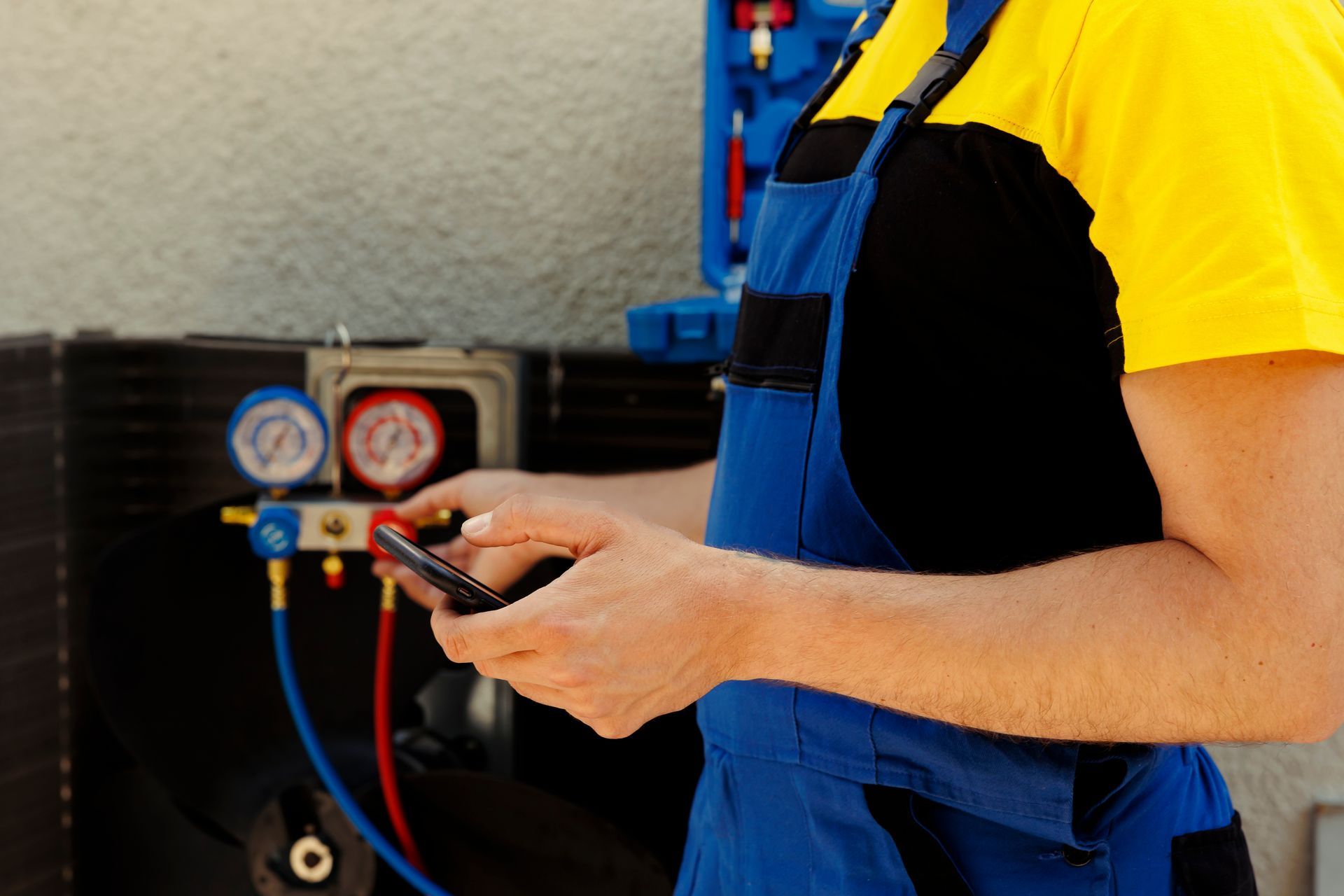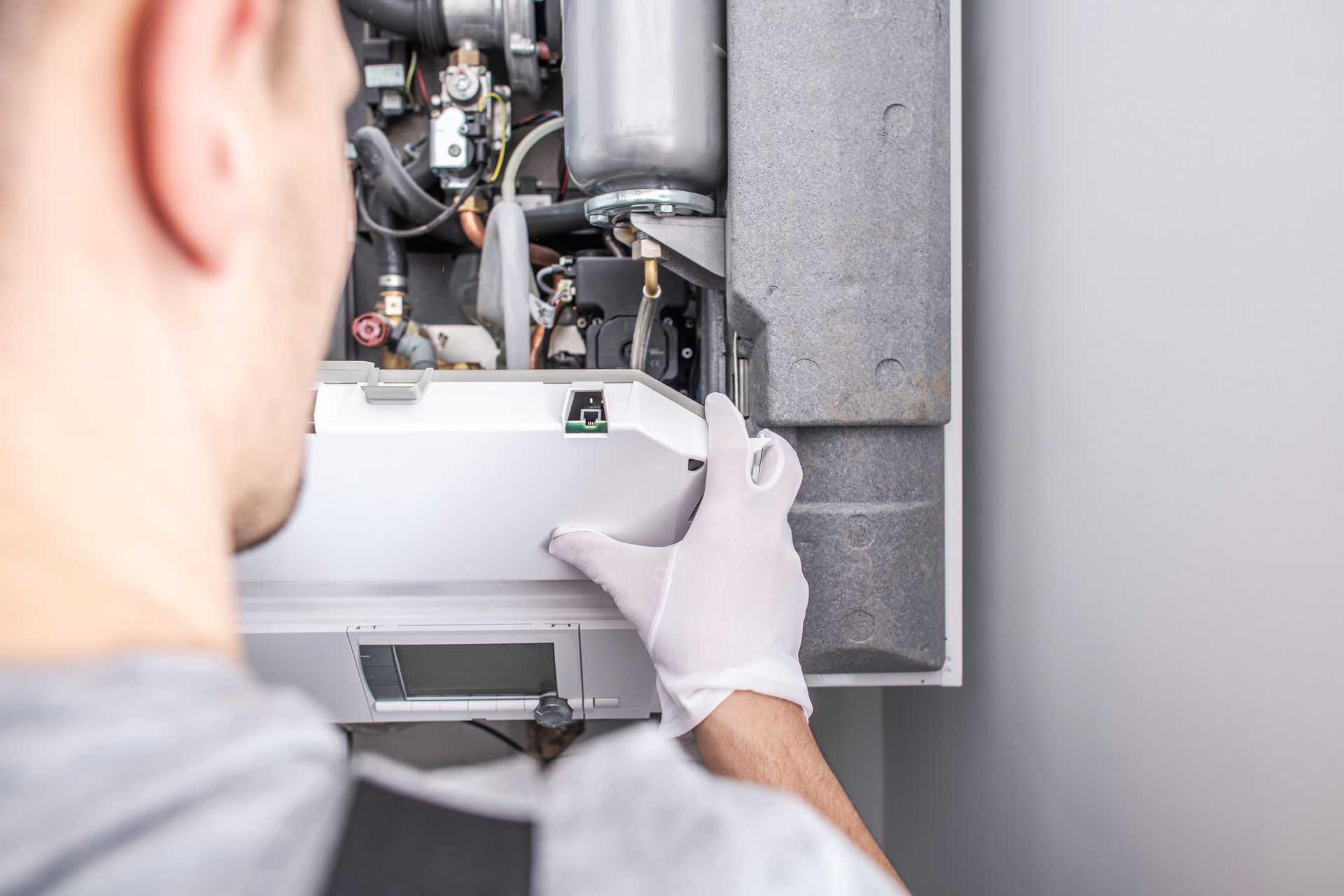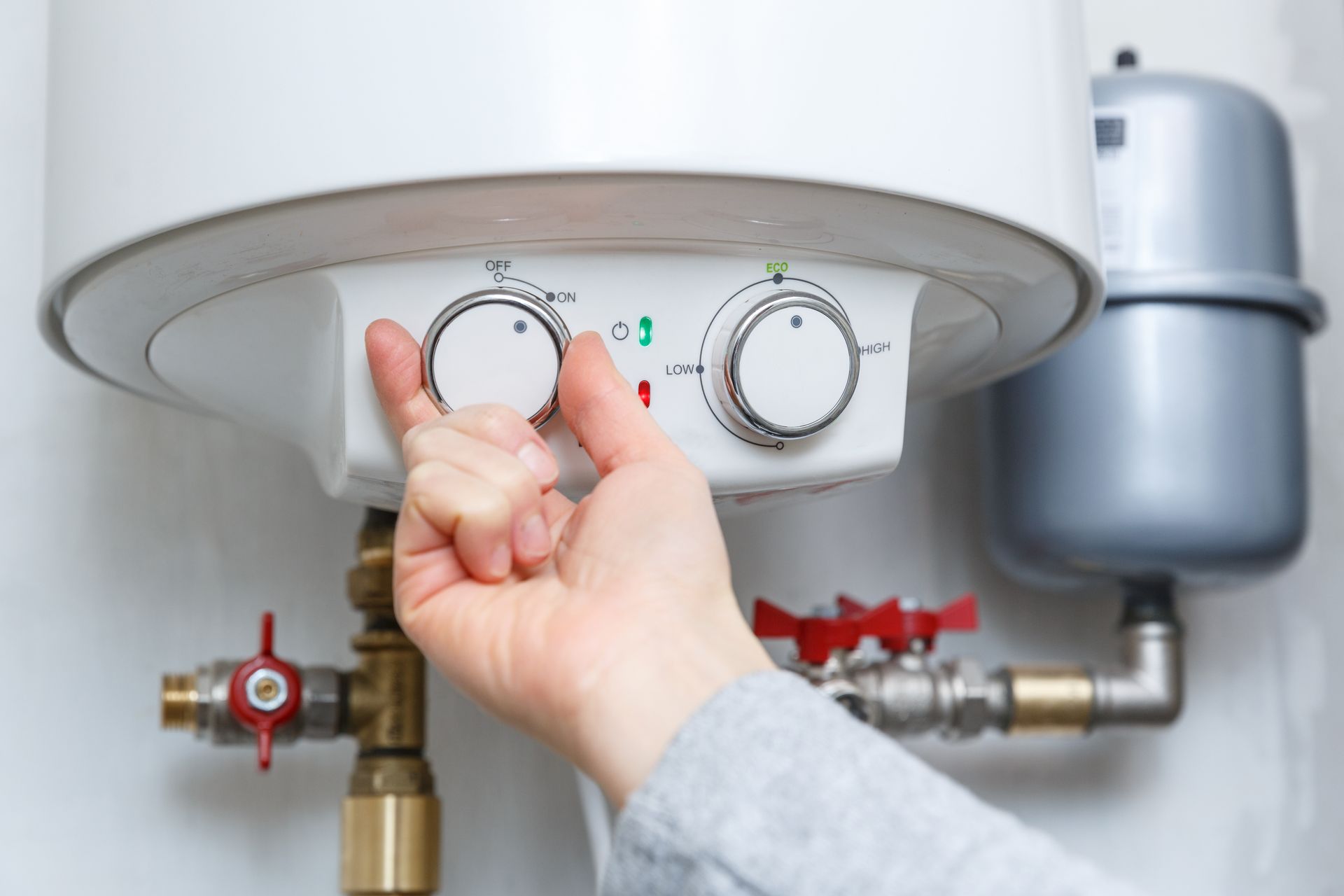Why Your Unit’s Superheat Matters

Two primary measures of overall HVAC value are efficiency and temperature control performance. One concept that impacts both is "superheat."
It’s not typically used as a measure of overall system efficiency or performance, which is why you’re more likely to see HVAC systems advertised with a certain SEER or EER rating rather than any mention of superheat. Superheat is more of an operational parameter that can be adjusted during maintenance to tweak performance.
What Is Superheat?
Superheat refers to the process of heating a vapor beyond its boiling point at a given pressure. In HVAC systems, this term is commonly used in the context of refrigerant cycles. Specifically, superheat describes the temperature increase of the refrigerant gas beyond its boiling point as it leaves the evaporator coil.
After the refrigerant absorbs heat from the indoor air in the evaporator coil and turns into a vapor, it continues to get warmer as it moves through the system. This extra heat is what is referred to as "superheat."
The Role of Superheat in HVAC Systems
Superheat plays a critical role in the efficiency and safety of HVAC systems by:
- Preventing Liquid Refrigerant from Entering the Compressor: One of the primary reasons for monitoring superheat is to ensure that the refrigerant entering the compressor is entirely in vapor form. If liquid refrigerant were to enter the compressor, it could cause damage. Superheating ensures that only vapor enters the compressor, reducing the risk of compressor failure and extending the unit's lifespan.
- Optimizing Cooling Efficiency: Proper superheat settings are necessary for maximizing the efficiency of the HVAC system. If the superheat is too low, it might indicate that the system is overcharged with refrigerant, which can reduce cooling efficiency. Conversely, if the superheat is too high, it could indicate a refrigerant shortage or an issue with the evaporator coil, leading to reduced cooling performance.
- Maintaining System Balance: Superheat levels also help maintain the balance between the evaporator coil and the rest of the HVAC system. The refrigerant cycle should operate smoothly in a well-balanced system, providing consistent and reliable cooling while minimizing energy consumption.
How an HVAC Technician Measures Superheat
Measuring superheat involves checking the temperature and pressure of the refrigerant at various points in the HVAC system. Here’s a simplified explanation of the process:
- Measure the Suction Line Temperature: A technician will use a temperature probe to measure the temperature of the suction line, which is the pipe carrying refrigerant from the evaporator coil to the compressor.
- Measure the Suction Pressure: They will attach a pressure gauge to the suction line to determine the pressure of the refrigerant.
- Calculate the Saturation Temperature: A technician will compare the pressure gauge reading to a pressure-temperature chart for refrigerants to find the corresponding saturation temperature (the temperature at which the refrigerant boils at that pressure).
- Determine Superheat: They will subtract the saturation temperature from the suction line temperature to determine the superheat value.
For example, if the suction line temperature is 50°F and the saturation temperature at the measured pressure is 40°F, the superheat is 10°F.
Ideal Superheat Levels
The ideal superheat level can vary based on the specific HVAC system and its operating conditions. Generally, the superheat should be within the manufacturer’s recommended range.
For most systems, a superheat value of 8 to 12°F is considered normal for typical operational conditions. However, this can vary based on the type of system and the temperature outside.
Common Issues Related to Superheat
- Low Superheat:
This could indicate an overcharged system or an issue with the expansion valve. Symptoms might include reduced cooling efficiency and potential damage to the compressor.
- High Superheat: High superheat levels may point to insufficient refrigerant or a problem with the evaporator coil. This can result in poor cooling performance and increased energy consumption.
- Inconsistent Superheat: Fluctuations in superheat levels might suggest issues with system components, such as the expansion valve or refrigerant lines. Regular maintenance and monitoring can help address these issues before they become major problems.
The Impact of Superheat on HVAC Maintenance
Checking and adjusting superheat levels as needed is an integral part of professional HVAC maintenance. Proper maintenance ensures that the system operates efficiently, reducing the likelihood of breakdowns and extending the lifespan of the equipment.
Our team at Tom’s Mechanical Inc. can use superheat readings to diagnose and fine-tune system performance, to help keep everything running smoothly.
Keep Your Cool with Professional AC Maintenance in Arlington
Make sure your air conditioning system runs smoothly and efficiently during the hottest Arlington months with expert maintenance from Tom’s Mechanical Inc.
Schedule your consultation with us today here on our website or give us a call at 817-277-4493.



